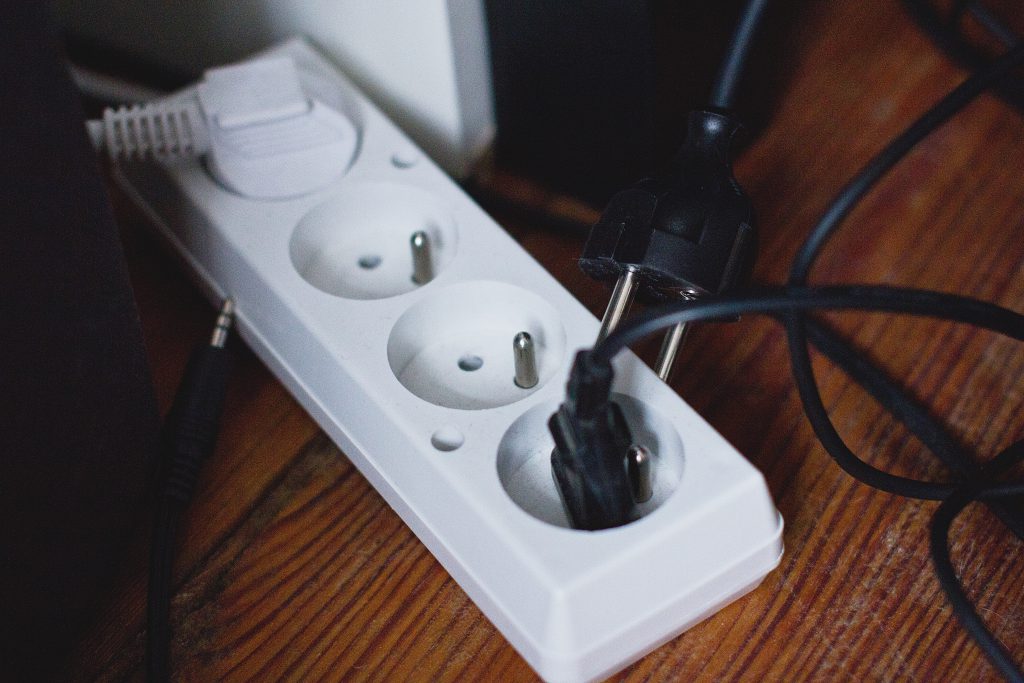Twisted Aluminum Cable Conferences
페이지 정보

본문
 The Hellenic Cables staff compared the three methods - CIM, EMT software program, and FEM (with COMSOL Multiphysics) - when analyzing an underground cable system with an 87/one hundred fifty kV nominal voltage and 1000 mm2 cross section (Figure 6). They modeled the magnetic subject and induced current density distributions in and around the cable system’s conductors, accounting for the bonding type with an exterior electrical circuit. The results between all three strategies present good settlement for the cable system for three completely different configurations: strong bonding, single-level bonding, and cross bonding (Figure 7). This demonstrates that FEM might be utilized to all varieties of cable configurations and installations when taking into consideration each capacitive and inductive coupling. Figure 7. Results comparability between EMT, FEM, and CIM. The first is the complex impedance methodology (CIM), which calculates the cable system’s currents and voltages while neglecting its capacitive currents. Another widespread method is electromagnetic transients program (EMT) software, which can be utilized to research electromagnetic transients in power techniques using each time- and frequency-area models. "Capacitive and Inductive Coupling in Cable Systems - Comparative Study between Calculation Methods" (Ref.
The Hellenic Cables staff compared the three methods - CIM, EMT software program, and FEM (with COMSOL Multiphysics) - when analyzing an underground cable system with an 87/one hundred fifty kV nominal voltage and 1000 mm2 cross section (Figure 6). They modeled the magnetic subject and induced current density distributions in and around the cable system’s conductors, accounting for the bonding type with an exterior electrical circuit. The results between all three strategies present good settlement for the cable system for three completely different configurations: strong bonding, single-level bonding, and cross bonding (Figure 7). This demonstrates that FEM might be utilized to all varieties of cable configurations and installations when taking into consideration each capacitive and inductive coupling. Figure 7. Results comparability between EMT, FEM, and CIM. The first is the complex impedance methodology (CIM), which calculates the cable system’s currents and voltages while neglecting its capacitive currents. Another widespread method is electromagnetic transients program (EMT) software, which can be utilized to research electromagnetic transients in power techniques using each time- and frequency-area models. "Capacitive and Inductive Coupling in Cable Systems - Comparative Study between Calculation Methods" (Ref.
 Electromagnetic interference (EMI) presents several challenges with regards to designing cable systems - particularly the capacitive and inductive couplings between cable conductors and sheaths. Simulations have been performed for 2 types of cables: a typical SL-type submarine cable with 87/one hundred fifty kV, a 1000 mm2 cross section, and copper conductors, as well as a typical terrestrial cable with 87/a hundred and fifty kV, a 1200 mm2 cross section, and aluminum conductors. By switching to periodic models with a periodic size equal to the cable’s cross pitch, the crew decreased the issue from forty meters down to 2-four meters. Currents induced in a cable’s magnetic sheaths yield additional losses, which contribute to the temperature rise of the conductor. In addition to studying inductive and capacitive coupling and thermal effects, the Hellenic Cables group evaluated different aspects of cable system designs, including losses, thermal resistance of surrounding soil, and grounding resistance, using FEM and COMSOL Multiphysics. When calculating cable losses, the present IEC commonplace doesn't consider proximity results in sheath losses. The Hellenic Cables workforce also used FEM to check thermal effects in subsea cables, resembling HVAC submarine cables for offshore wind farms, as described in "Review of the Accuracy of Single Core Equivalent Thermal Model for Offshore Wind Farm Cables" (Ref.
Electromagnetic interference (EMI) presents several challenges with regards to designing cable systems - particularly the capacitive and inductive couplings between cable conductors and sheaths. Simulations have been performed for 2 types of cables: a typical SL-type submarine cable with 87/one hundred fifty kV, a 1000 mm2 cross section, and copper conductors, as well as a typical terrestrial cable with 87/a hundred and fifty kV, a 1200 mm2 cross section, and aluminum conductors. By switching to periodic models with a periodic size equal to the cable’s cross pitch, the crew decreased the issue from forty meters down to 2-four meters. Currents induced in a cable’s magnetic sheaths yield additional losses, which contribute to the temperature rise of the conductor. In addition to studying inductive and capacitive coupling and thermal effects, the Hellenic Cables group evaluated different aspects of cable system designs, including losses, thermal resistance of surrounding soil, and grounding resistance, using FEM and COMSOL Multiphysics. When calculating cable losses, the present IEC commonplace doesn't consider proximity results in sheath losses. The Hellenic Cables workforce also used FEM to check thermal effects in subsea cables, resembling HVAC submarine cables for offshore wind farms, as described in "Review of the Accuracy of Single Core Equivalent Thermal Model for Offshore Wind Farm Cables" (Ref.
Figure 1. Submarine cables keep the world connected. To validate cable simulation results, international requirements are used, but these requirements haven't been able to sustain with latest developments in computational energy and the simulation software’s rising capabilities. 3), there are three foremost approaches on the subject of calculating these capacitive and inductive couplings. In recent years, FEM has made a giant leap on the subject of cable analysis. Although the improvements that FEM brings to cable evaluation are nice, Hellenic Cables nonetheless must convince its clients that their validated outcomes are more sensible than these offered by the present IEC customary. "With a extra accurate and realistic mannequin, vital optimization margins are anticipated," says Dimitrios Chatzipetros, workforce leader of the Numerical Analysis group at Hellenic Cables. We found a number of ways to verify what we already know about cables, their thermal efficiency, and loss calculation," says Chatzipetros. If cable cores are in close proximity (say, for a wind farm 3C cable), the accuracy of the loss calculation is diminished.
Floating wind farms are a fantastic answer when wind farms situated just off the coast develop crowded. These networks embody cables that connect wind farms to the shore and provide electricity to our power grid infrastructure (Figure 3). Many OFW farms are made up of grounded buildings, like monopiles and different forms of bottom-mounted wind turbines. Because the offshore wind trade continues to develop, our must develop energy cables that can safely and effectively connect these farms to our energy grid grows as well. The offshore wind (OFW) business is some of the rapidly advancing sources of power around the world. This issue is especially vital for OFW initiatives, because the cables concerned are expected to grow larger and bigger. Wind turbines for offshore wind farms are starting to be constructed additional out into the ocean. They can even benefit from the larger and more highly effective winds that happen further out to sea. Sooner or later, I'd like to take this little ROV out for some wreck diving within the ocean off my home state of North Carolina, a goal that drove many of my design decisions. 20,000 km cable that connects Asia with North America and South America.
- 이전글Mastering the Art of Betting: How to Bet on Sports Effectively 24.12.31
- 다음글12 Facts About Mesothelioma Asbestos Claims To Make You Seek Out Other People 24.12.31
댓글목록
등록된 댓글이 없습니다.

